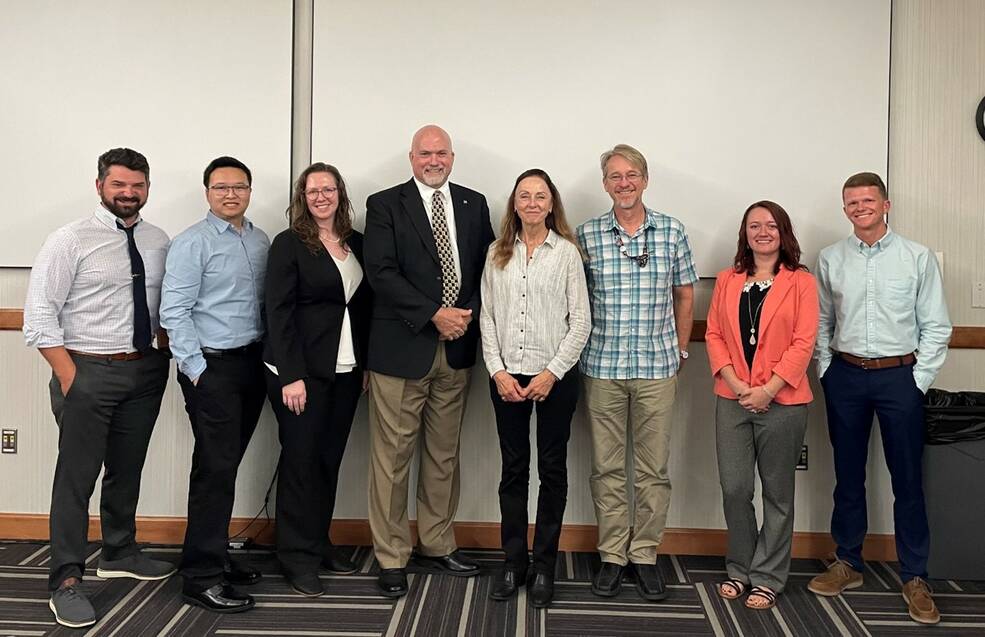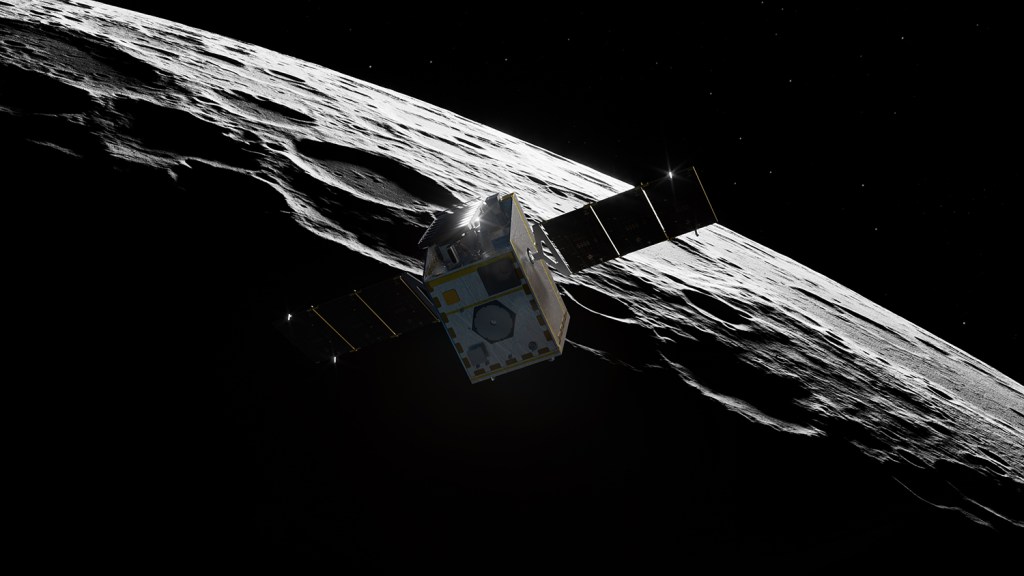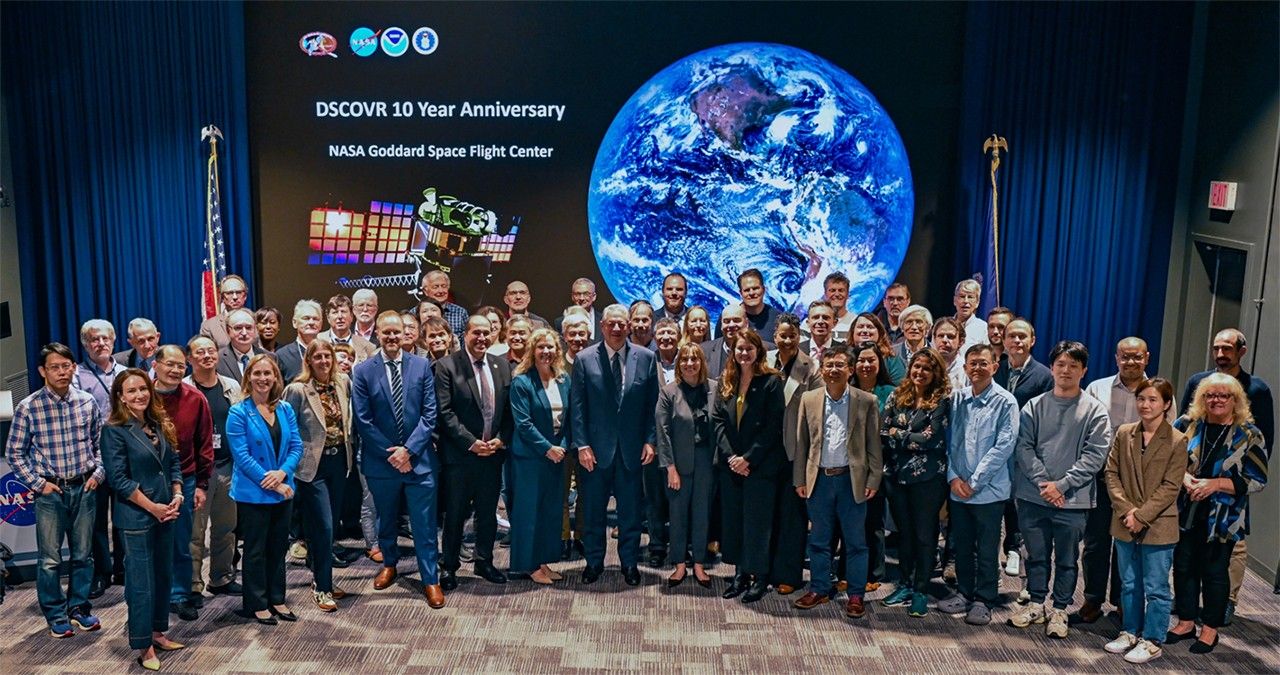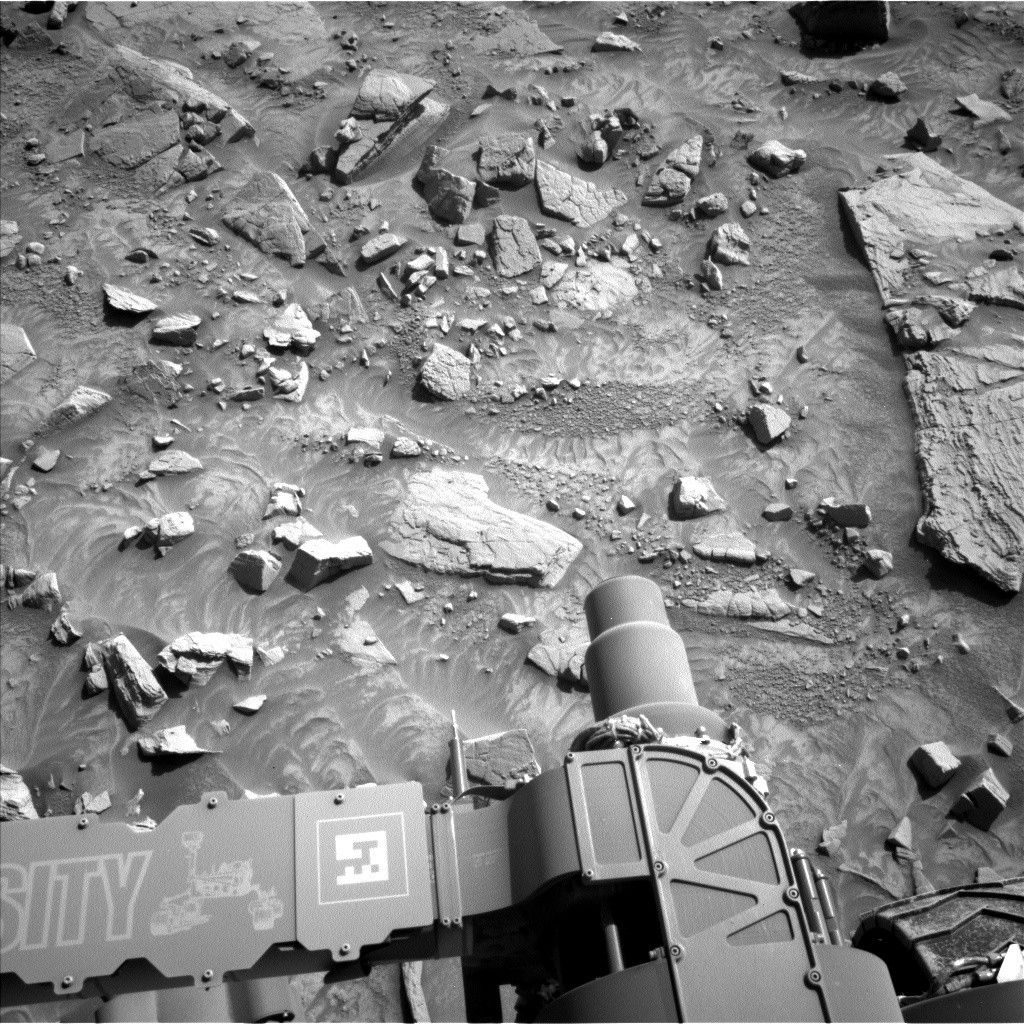By Jessica Barnett
As astronauts on NASA’s SpaceX Crew-7 mission launched to the International Space Station in the early morning hours of Aug. 26, a team at NASA’s Marshall Space Flight Center in Huntsville, Alabama, was behind them, supporting day-of launch operations and activities from the center’s HOSC (Huntsville Operations Support Center). Cheers and claps erupted from the staff inside the CCR (Configurable Control Room) as they watched the crew ascend into the night sky, but the Marshall team’s support of the launch began long before lift-off.
Marshall’s commercial crew support team is part of a larger effort from NASA to support SpaceX’s contracted flight to the International Space Station as part of the agency’s Commercial Crew Program.
The Marshall team’s work begins weeks before countdown with flight readiness checks and reviews at the center, industry, and agency levels. As Crew-7 made its way to Launch Complex 39A at NASA’s Kennedy Space Center in Florida, members of the Marshall team were in the CCR inside the HOSC, helping to monitor the SpaceX Falcon 9 rocket and Dragon spacecraft. The HOSC is a multi-mission facility that provides engineering and mission operations support for NASA’s Commercial Crew Program, Space Launch System rocket, Artemis lunar science missions, and science conducted on the International Space Station.
Gus Martinez, Marshall’s Merlin engines subsystem manager for CCP rockets, monitored the nine Merlin engines that make up the first stage of the SpaceX Falcon 9 used to transport Crew-7 into Earth orbit. He spent the months leading up to launch supporting the team helping to verify the hardware was ready for flight.
“We ensure that hardware is good to go for use with people on the vehicle,” Martinez said. “Every time there’s a new mission cycle, we get a booster assigned to us. We follow the hardware.”
The same is true for the cargo also aboard the spacecraft, with Marshall team members monitoring and collecting data throughout launch and flight, then relaying it to payload developers.

Elsewhere inside the HOSC, a second team supports voice, video, and multiple data links between the spacecraft and those still on Earth from the Data Operations Control Room, ensuring the fidelity of communications connections.
“Our ground systems and data operations personnel process telemetry to and from the rocket during all phases of flight,” said Michael Vigo, data operations expert at Marshall. “Our flight control teams must be very well-versed in the systems and subsystems of these spacecraft that we’re supporting to ensure crew and spacecraft safety, so we can accomplish our science mission utilization objectives.”
Together, their work helps establish safe, reliable, and cost-effective crew transport to and from the space station. Maggie Freeman, a program analyst for the CCP Launch Vehicle Systems Office at Marshall, said the program is one of the most exciting places to work within NASA.
“We are actively launching multiple times per year, we get to work with innovative aerospace companies, and we get to support our NASA astronauts by certifying commercial spacecraft for safe flight to the International Space Station,” Freeman said.
The Aug. 26 launch was Martinez’s sixth with the Commercial Crew Program. “It was fantastic,” he said. “We had a couple of a new people supporting on consoles, and seeing their faces light up as the second stage engine cut off and the stage separated from Dragon as it reached orbit is always a great thing to see.”
Lisa McCollum, launch vehicle deputy manager at Marshall, shared the sentiment.
“It is awesome to see Crew-7 successfully launched and safely on the space station. It is very exciting to support day-of launch operations, but that’s just a small part of the work our team performed to ensure mission readiness,” McCollum said. “Many of our team members stepped up and took on new responsibilities as part of this mission, and they did an outstanding job.”
Crew-7 will conduct new scientific research and experiments, including the collection of microbial samples from the exterior of the space station, the first study of human response to different spaceflight durations, and more.
Meanwhile, the Marshall team will be gearing up to do another round of checks and reviews before Crew-8 launches next year. Part of that process includes reviewing data from the Crew-6 team and Crew-7 flight to make sure everything performed as intended.
“I’m incredibly proud of our team for demonstrating unwavering commitment to mission success,” Freeman said.
For more on NASA’s Marshall Space Flight Center, visit:
https://www.nasa.gov/centers/marshall/home/index.html
Janet Sudnik
NASA’s Marshall Space Flight Center
256-544-0034
janet.m.sudnik@nasa.gov





























